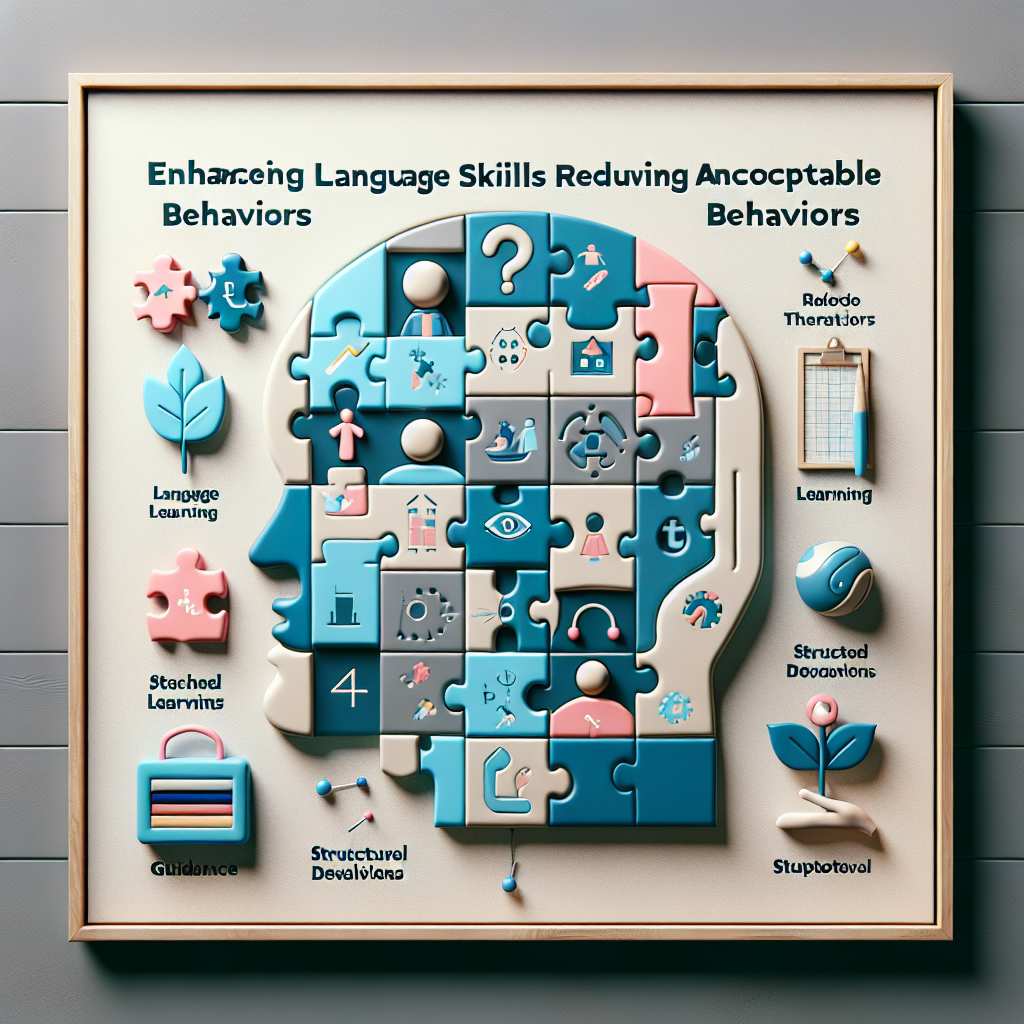Unlocking Growth: 3 Proven Methods to Enhance Communication and Address Challenging Behaviors in Children with Autism
- Alysha G
- Sep 1, 2024
- 2 min read
Updated: Oct 14, 2024
When it comes to helping children with autism unlock their full potential, enhancing language skills and reducing challenging behaviors are essential goals. As a parent, teacher, educator, or professional working with these amazing kids, you play a pivotal role in their development journey. In this blog post, we will explore three important methods that have been proven effective in increasing language abilities and addressing non-acceptable behaviors in children with autism.
Understanding Autism Spectrum Disorder
Before delving into the strategies, it's crucial to understand the unique challenges faced by children on the autism spectrum. Autism, also known as Autism Spectrum Disorder (ASD), is a developmental disorder that affects communication, social interaction, and behavior. Children with autism may exhibit a wide range of symptoms, including difficulty with verbal and nonverbal communication, repetitive behaviors, and sensory sensitivities.
Method 1: Applied Behavior Analysis (ABA)
Applied Behavior Analysis (ABA) is a widely recognized and evidence-based approach to help children with autism improve their language skills and decrease challenging behaviors. ABA therapy focuses on breaking down complex tasks into smaller steps and providing positive reinforcement to encourage desired behaviors.
Through structured ABA sessions, children with autism can learn new communication skills, such as using words to express their needs and preferences. By reinforcing positive behaviors and systematically addressing challenging behaviors, ABA therapy empowers children to communicate effectively and engage with the world around them.
Method 2: Picture Exchange Communication System (PECS)
For children with autism who may struggle with verbal communication, the Picture Exchange Communication System (PECS) is a powerful tool to enhance language development. PECS utilizes visual aids, such as picture cards, to help children communicate their thoughts, feelings, and requests.
By teaching children to exchange picture cards to initiate interactions and express their needs, PECS expands their communication abilities and reduces frustration associated with speech delays. Integrating PECS into daily routines and educational settings can significantly improve language comprehension and expression in children with autism.
Method 3: Social Stories
Social Stories are narrative interventions that provide children with autism clear explanations of social situations, expected behaviors, and appropriate responses. These stories help children understand social cues, navigate social interactions, and manage challenging behaviors in various settings.
By using relatable characters and simple language, Social Stories create a structured framework for teaching social skills and reinforcing positive behaviors. Parents, teachers, and professionals can personalize Social Stories to address specific challenges faced by children with autism, fostering social communication and emotional regulation.
Conclusion: Empowering Growth and Communication
In conclusion, supporting children with autism in developing their language skills and addressing challenging behaviors requires a multi-faceted approach that combines evidence-based strategies and personalized interventions. By implementing methods such as ABA therapy, PECS, and Social Stories, parents, teachers, educators, and professionals can play a vital role in unlocking the growth potential of children with autism.
Remember, every child with autism is unique, and what works for one may not work for another. By embracing individual differences, providing consistent support, and celebrating small victories, we can create a nurturing environment where children with autism can thrive and succeed.
Let's continue to empower and advocate for children with autism, one step at a time.


Commentaires